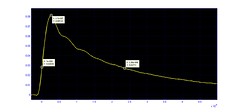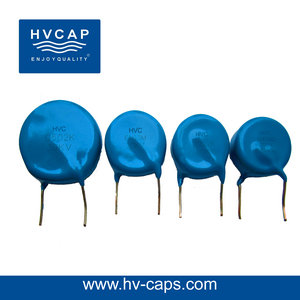
by nebarnix
How To Decide on The Right Toaster
It’s the perfect wedding gift, the legendary gift for opening a new bank account and even the star of its own animated movie. Your brave little toaster is a must have kitchen appliance.
At first glance, it’s a simple device. It heats up bread and pops it out. But, just exactly how does it do that? How do the different settings work? And how does it know to pop the toast when it’s done?
A basic toaster can be picked up at any discount store for around twenty bucks. Most have a setting to allow you to determine how dark you want your toast. Most will also toast two slices of bread. Using infrared radiation, the toaster will heat your bread. You’ll see the coils turn red and hot, that’s the infrared radiation which gently chars and dries the surface of the bread.
Most common toasters use nichrome wire wrapped back and forth across a mica sheet to create the infrared radiation. An alloy of nickel and chromium, nichrome wire has a fairly high electrical resistance and does not oxidize when heated. A simple toaster will have two mica sheets wrapped in nichrome wire spaced to form a slot about an inch wide. You can get models with wider openings to toast things like bagels. The wires simply connect to a plug.
There are three basic kinds of toasters. The first is the manual. In the most basic sense you could plug in a manual toaster, heat the bread, unplug the toaster and turn it over to get the bread out. Most people don’t have that type of patience nor do they want to deal with the inevitable mess of bread crumbs that would fall out along with the toast. Some manual toasters are horizontal and the bread is simply laid on a flat rack which you manually turn over to toast the other side. In a manual toaster, you judge when the bread is done. That means you have to watch it to avoid burnt toast.
Semi-Automatic Toasters have features such as a bell to tell you the toast is ready. This model may also tell you when the bread is done, but will not include the pop-up feature. But most semi-automatic toasters have a regulator dial so you can adjust the setting to the degree of darkness you want.
There are many varieties of automatic toasters, but most have the same basic features. Just like the manual and semi-automatic the electrical current in the heater toasts the bread. But these models generally include two more features. A spring-loaded tray pops up the toast when it’s done. A timer simultaneously turns off the toaster and releases the tray.
Three basic things have to happen to get you the toast. A mechanism needs to hold the toast down and inside the toaster for a period of time until it is heated properly. Power has to get to the nichrome wires. And a timer has to release the mechanism holding your toast.
In a basic toaster, the mechanism works like this: When you push down the handle, a plastic bar presses against the contacts and power is applied to the circuit board. 120-volt power runs directly through the contacts to the nichrome wires, firing up the infrared radiation to toast the bread. An electromagnet gets power from a circuit of transistors, resistors and capacitors to hold the bread to attract the metal and hold the bread in the toaster. The circuit also acts as a timer. When a certain voltage reaches the capacitor it cuts off the power to the electromagnet. The spring pops up the slice or slices of bread.
Breakfast is served.


